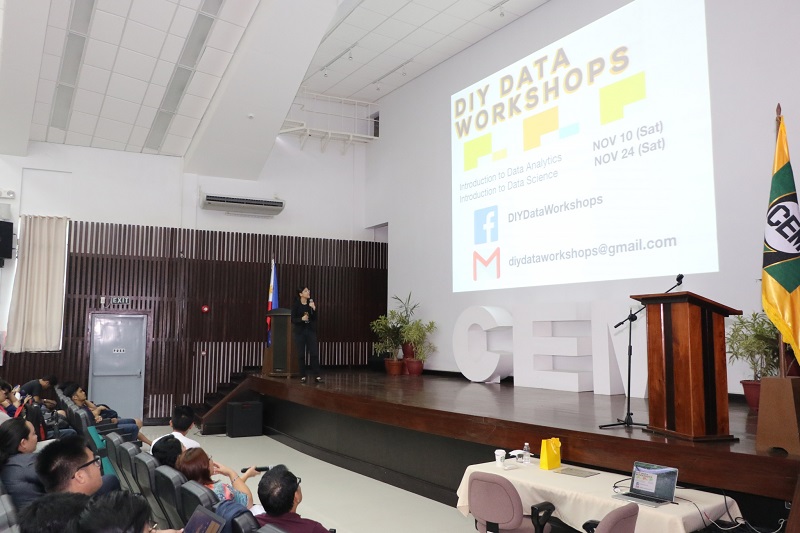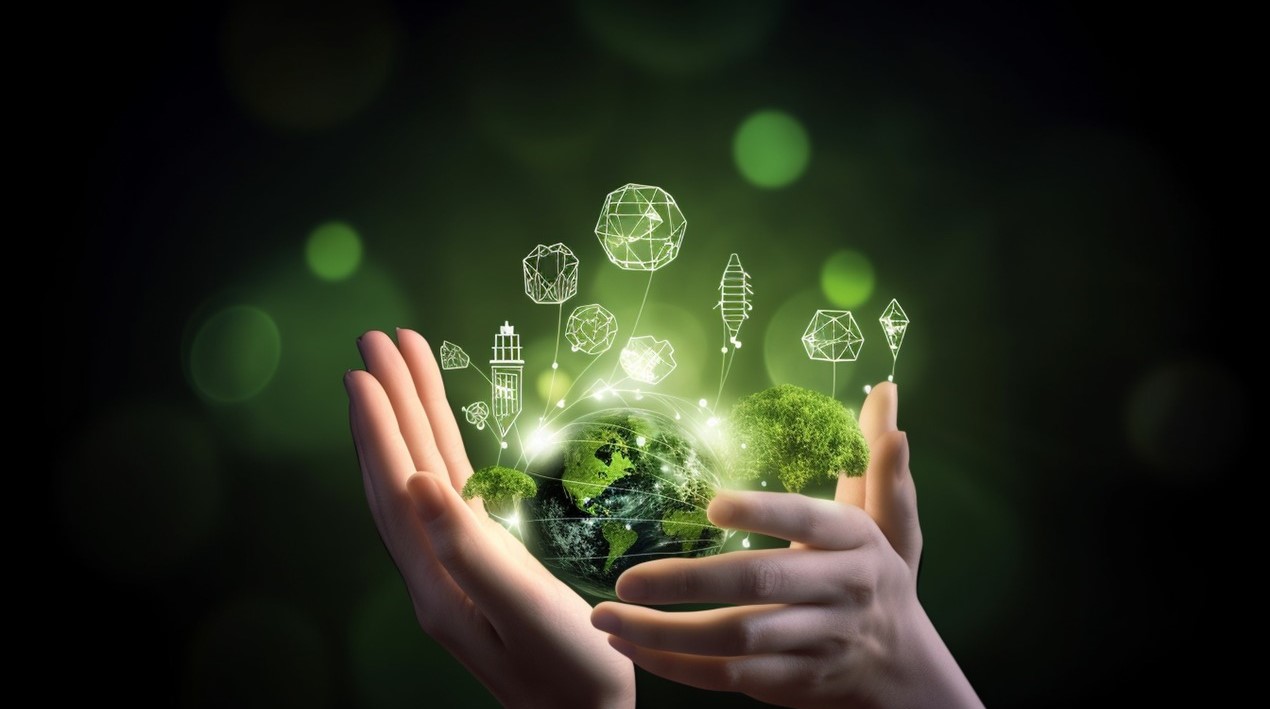
Collaboration is the only suggestion of an astrophysicist-turned-data scientist when trying to make sense of today’s increasingly accumulating data.
The data scientist is a lecturer at some of the country’s top universities: the University of the Philippines Diliman and the Ateneo de Manila University.
According to a recent report, the data scientist encouraged experts from different disciplines to work together and pursue data science.
The call for collaboration was made during the forum, “Data Science: An Invitation to Collaboration”, which was recently held at the University of Philippines Los Baños (UPLB) campus.
Data Science, which is an emerging field, requires programming, statistics modelling, and communication and collaboration skills.
The data scientist explained that those who are equipped with each of these skills can work together and be able to produce knowledge that can be used as decision-making tools for different purposes.
The programming required in this field is needed to analyse data, and in order to analyse data, statistics must be used. This portrays the connection between the data science skills sets.
Moreover, journalists and communicators are needed to communicate with the more quantitative scientists who run the statistics and the algorithms.
They will also liaise with the programmers who are tasked to get the data clean and ready.
Students and faculty members flocked to the learning event. The attendees were from the fields identified as possible collaborators in using data science.
These fields are Development Communication, Computer Science, and Applied Physics.
In addition, an Associate Professor at the Physics Division of the University’ College of Arts and Sciences affirmed this call for collaboration.
He also emphasised the need to learn more about data science during the event’s open forum.
Data science proved to be useful for a project where the Associate Professor serves as a study leader.
Project SARAI is a program that means Smarter Approaches to Reinvigorate Agriculture as an Industry in the Philippines.
Because satellite data is being used by the project, it is actually accumulating a large amount of data.
Project SARAI uses precision agriculture science to help stakeholders cope and adjust to climate change.
Moreover, it uses geographic information system (GIS), remote sensing, and vegetative index to assess crop health and damage.
Image processing procedure is being used to identify pests. Other systems are used for site-specific nutrient management and early detection of water stress on crops.
It also has a portal that offers real-time crop advisory services.
The role of communicators in processing data means getting the practical application of data to the communities.
















